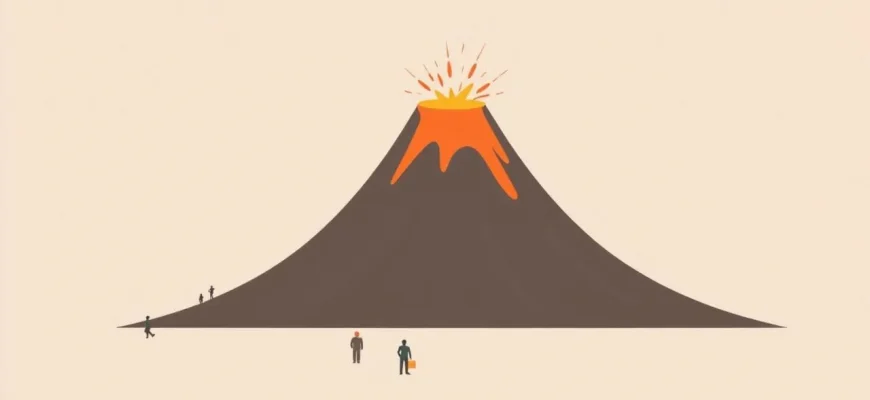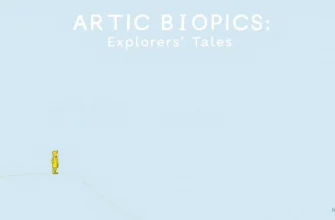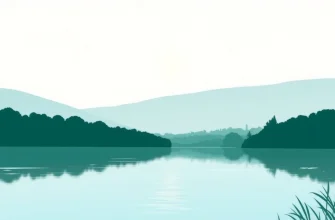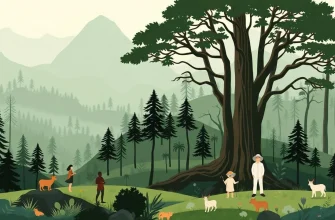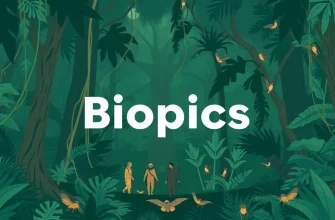- Dante's Peak (1997)
- Fire of Love (2022)
- Krakatoa: The Last Days (2006)
- The Volcano: Rescue from Whakaari (2022)
- Into the Inferno (2016)
- Volcano: Nature Unleashed (2011)
- The Fire Within: Requiem for Katia and Maurice Krafft (1992)
- Volcano: The Fiery Mountain (1997)
- The Day the Earth Blew Up: The Story of Mount Pinatubo (2005)
- The Eruption of Mount St. Helens (1980)
Volcanoes have always captured the imagination of filmmakers and audiences alike, offering a dramatic backdrop for stories of human resilience, scientific discovery, and natural disasters. This curated list of biographical films delves into the lives of those who have studied, lived near, or been affected by these awe-inspiring geological phenomena. Each film brings to life the intense relationship between humans and volcanoes, providing not only thrilling narratives but also educational insights into the science and history of volcanology.
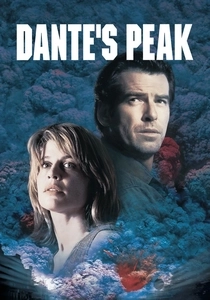
Dante's Peak (1997)
Description: While not a biography in the traditional sense, "Dante's Peak" follows volcanologist Harry Dalton as he attempts to predict and manage a volcanic eruption, showcasing the real-life challenges faced by scientists in this field.
Fact: The film was inspired by several real-life volcanic eruptions, including Mount St. Helens in
 Watch Now
Watch Now 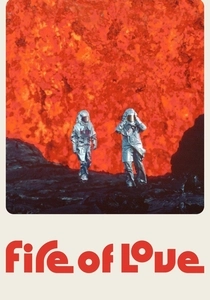
Fire of Love (2022)
Description: This documentary tells the story of Katia and Maurice Krafft, a French volcanologist couple who dedicated their lives to studying volcanoes, capturing stunning footage of eruptions, and ultimately losing their lives to their passion.
Fact: The film uses the couple's own footage, providing an intimate look at their work and life.
 Watch Now
Watch Now 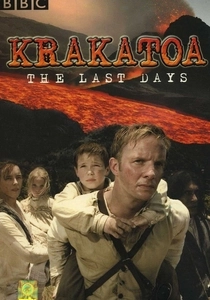
Krakatoa: The Last Days (2006)
Description: This docudrama recounts the catastrophic eruption of Krakatoa in 1883, focusing on the lives of the people living on the island and the aftermath of the event.
Fact: The film uses dramatic reenactments to bring the historical event to life.
 30 Days Free
30 Days Free 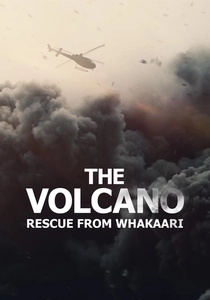
The Volcano: Rescue from Whakaari (2022)
Description: This documentary recounts the 2019 eruption of Whakaari/White Island in New Zealand, focusing on the survivors, rescuers, and the scientific community's response to the disaster.
Fact: The film includes firsthand accounts from survivors and rescuers, offering a raw perspective on the event.
 30 Days Free
30 Days Free 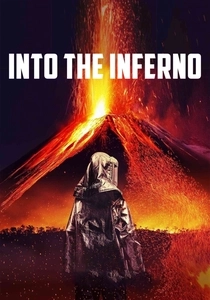
Into the Inferno (2016)
Description: Werner Herzog explores the world's most active volcanoes, intertwining the science with cultural and religious significance, providing a biographical insight into the lives of those who study and live near volcanoes.
Fact: Herzog's fascination with volcanoes dates back to his 1977 film "La Soufrière."
 30 Days Free
30 Days Free 
Volcano: Nature Unleashed (2011)
Description: This documentary series explores various volcanic eruptions, including biographical elements of scientists and locals affected by these events.
Fact: The series was filmed in high definition, capturing the raw power of volcanic eruptions.
 30 Days Free
30 Days Free 
The Fire Within: Requiem for Katia and Maurice Krafft (1992)
Description: A tribute to the Kraffts, this film uses their own footage to tell the story of their life, work, and tragic end, offering a deep dive into the world of volcanology.
Fact: The film was made by friends of the Kraffts, ensuring an authentic portrayal of their lives.
 30 Days Free
30 Days Free 
Volcano: The Fiery Mountain (1997)
Description: This documentary explores the science behind volcanoes, featuring stories of those who study them, including biographical segments on famous volcanologists.
Fact: It was one of the first documentaries to use CGI to illustrate volcanic processes.
 30 Days Free
30 Days Free 
The Day the Earth Blew Up: The Story of Mount Pinatubo (2005)
Description: This documentary focuses on the 1991 eruption of Mount Pinatubo in the Philippines, detailing the lives of the people affected and the scientific efforts to predict and mitigate the disaster.
Fact: The film includes interviews with survivors and scientists who were on the ground during the eruption.
 30 Days Free
30 Days Free 
The Eruption of Mount St. Helens (1980)
Description: This documentary captures the eruption of Mount St. Helens, providing a real-time look at the event through the eyes of scientists and residents.
Fact: It was one of the first major natural disasters to be extensively covered by media.
 30 Days Free
30 Days Free 
